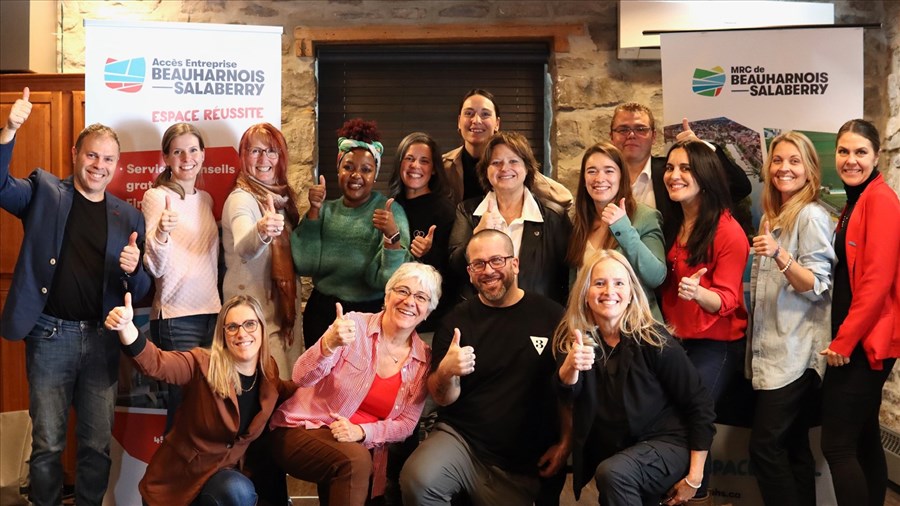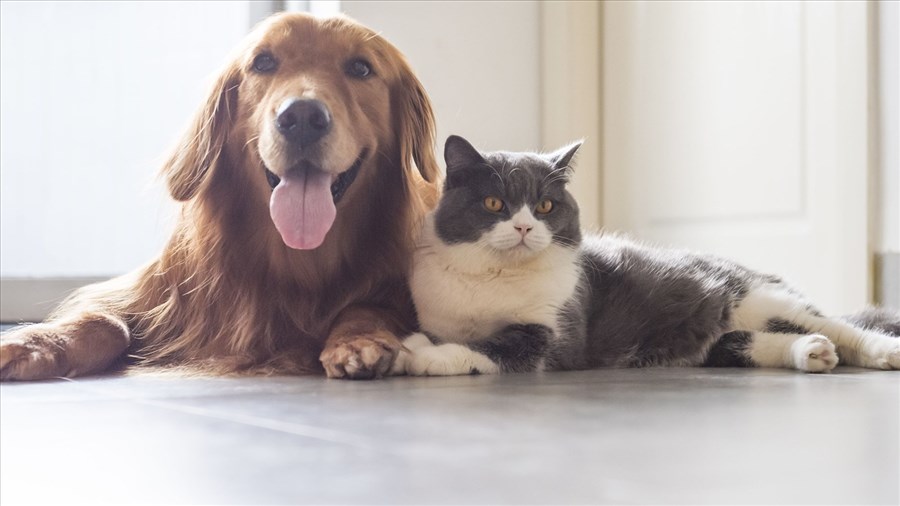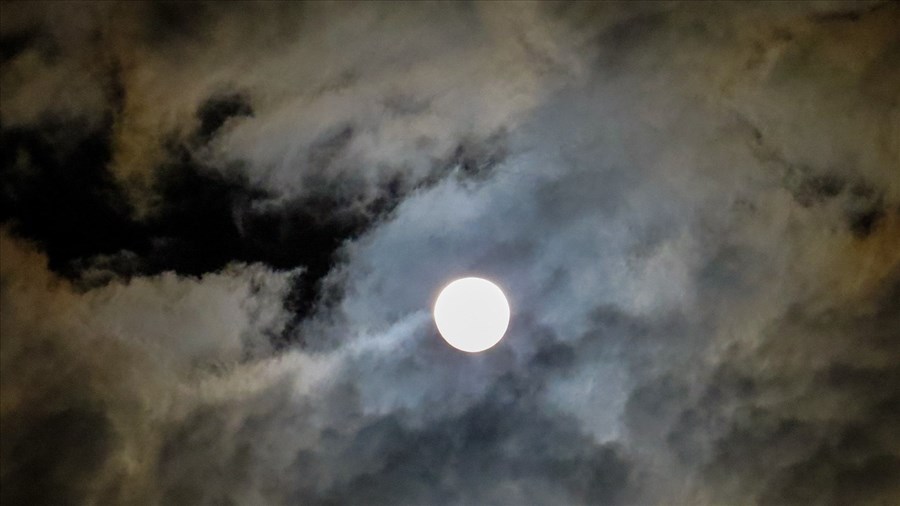At the Musée régional: the Miskitos people
Josiane Farand in Nicaragua: for real smiles and happiness
"What inspires me about the Miskito people is their joy: the people are happy, you can hear them laugh, you can see them play". This is one of the reasons why Josiane Farand decided to return to the little-known indigenous Miskitos community in Nicaragua's Bosawás Biosphere Reserve. The photography exhibition Miskitos: Journey to the Heart of the Bosawás continues at the Musée régional de Vaudreuil-Soulanges until February 4.
"The Miskitos have little, but share everything", explains Josiane. Thanks to Change for Children, an organization supported by 60 Million Girls, Josiane has been able to visit this Nicaraguan reserve on two occasions. 60 Million Girls promotes gender equality, territorial defense, natural medicine and adaptation to climate change, among other objectives.
Josiane's interest in photography began at a young age, when she was constantly flipping through National Geographic magazine. Josiane's commitment to the community came in part as a result of a news report she saw: a 13-year-old girl getting married to a 60-year-old man. It left a deep impression on her.
"In 2007, I met Wanda Bédard, president and founder of 60 million girls, and she touched my heart. I had always dreamed of doing international work," Josiane explains.
Getting to the Bosawas reserve is no easy task. After the plane, it's no less than a day by bus and 8 hours by pirogue to get there. "It's the kind of place you could never get to even if you got lost," explains Josiane with a smile. "You have to go with an organization like Change for Children," she adds. The people speak their own dialect, and for some, a little Spanish and English.
Ms. Farand points out that these trips and the expenses incurred are at the expense of each participant. She first went in 2019 with the same organization and returned this year.
Unfortunately, she was able to see the negative effects of deforestation and climate change between these two periods, which she records in some of her photos.
As already mentioned, travel to these places is only possible by pirogue, modified tree trunk or raft. The communities in each village are isolated from one another.
The photographer's primary aim in this exhibition is to present the Miskito people and the place where they live.
Among the current problems, Josiane reports: "The Nicaraguan government has been sending settlers to create pastures for some time now. The animals can't go anywhere other than the water to drink, and they're polluting even more. Cornfields are planted with pesticides that we don't even use here any more," she deplores. Some of the meat is destined for the North American market.
Because of climate change, the rainy season now lasts 10 months a year. This means fewer vegetables can be planted in the soil. "People eat mostly rice and legumes".
Deforestation is also on the increase, among other things to create pastures.
On the positive side, children are going to school. Thanks to Change for Children, there are occasional dental missions. The organization also works to maintain traditional culture. Gardens with medicinal plants have been created.
Another fine project has been set up, again through Change for Children and 60 Million Girls. This is an electronic tablet project. These are powered by solar panels. "It's extraordinary for teaching. Young people can also learn on their own," enthuses Josiane.
A virtual bilibrary with closed networks has also been designed. "We're recording the stories of elderly Miskitos and aiming to distribute them to other villages... by dugout canoe of course, as there are no cars there."
The trips to the Miskitos last around 8 days, with a group of around twenty people taking part. As it's a completely different place from the culture and environment here, visitors must be careful: "We bring our own water and all our food, I sleep in a hammock, I wear long clothes to protect me from the pollution, I choose what I eat. To a certain extent, we're voluntarily rationed," says the photographer.
But that doesn't diminish her passion and interest. "I tell myself that what's meant to be will be, and that I'll trust life. My mantra is: I just meet the right people."
In her exhibit, Josiane's aim is to raise awareness of certain realities and the beauty that prevails through difficulties.
The exhibition runs until February 4, 2024.On January 21 at 1:30 p.m., Ms. Farand will be on hand to give a talk in the multifunctional room of the Musée régional, including a slide show, short history and more. All explanatory texts are in French and English.
About Josiane Farand
Josiane Farand, known as L'Art de Capter photographie, is a renowned photographer in Vaudreuil-Soulanges. Originally from Saint-Clet, she now lives in Vaudreuil-Dorion.
Committed to her community, Josiane Farand holds positions on the boards of the Conseil des arts et de la culture de Vaudreuil-Soulanges, the Chambre de commerce et d'industrie de Vaudreuil-Soulanges, Comité 21 and 60 Million Girls.
Here are the links to learn more about the organizations mentioned. Simply copy and paste into your search engines to access them:
https://www.mrvs.qc.ca/evenements/josiane-farand-miskitos-voyage-au-coeur-des-bosawas/
https://www.facebook.com/josianefarandphotographe
https://www.facebook.com/60milliongirls/
https://www.facebook.com/change4children


-87x71.jpg)




